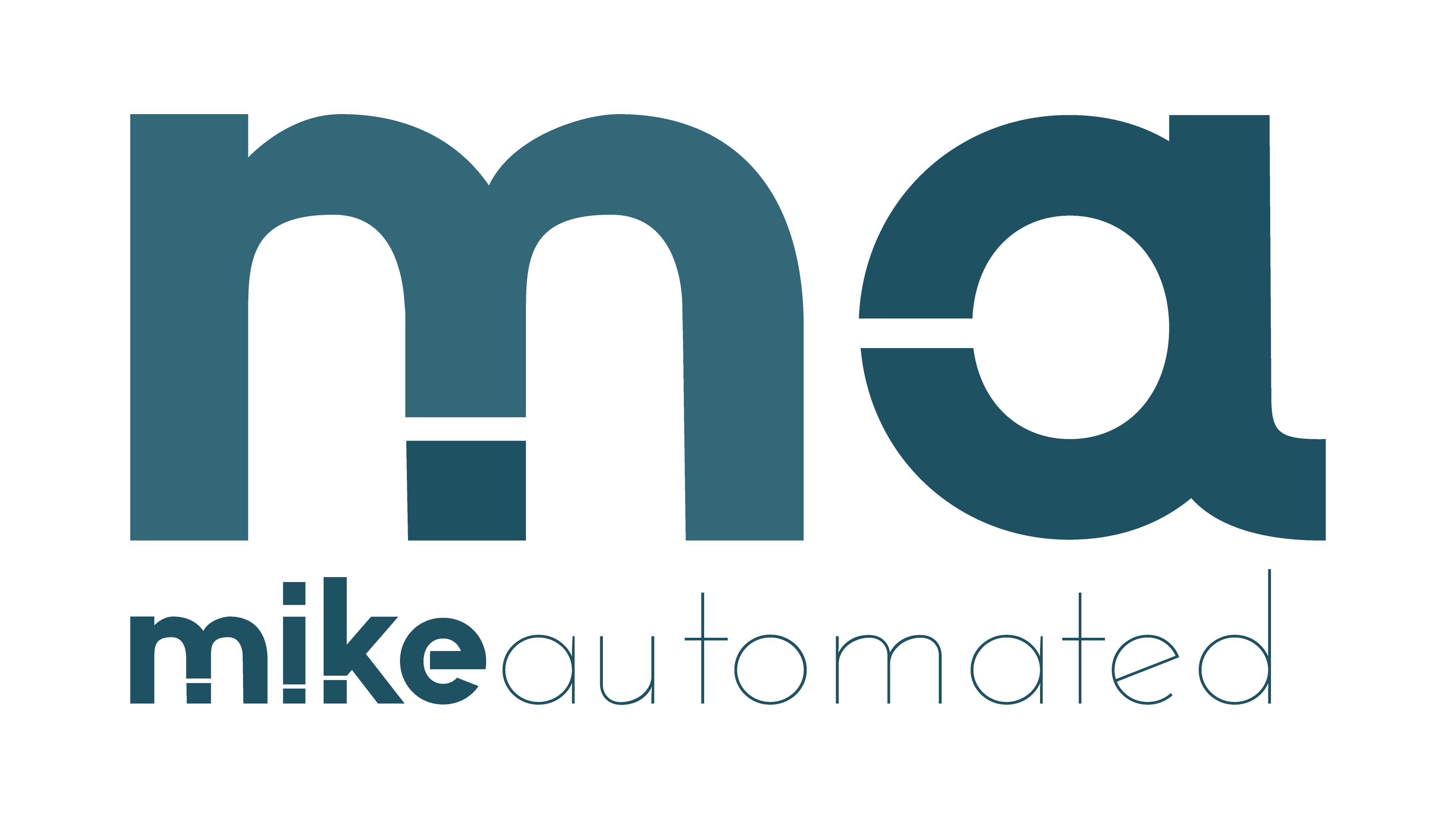Turning Repetitive Workflows Into Profit Engines
Understanding the Core Question
Many business owners, marketing directors, and operations leaders ask: How do I automate tasks that actually make money? It’s a valid question, especially in a world where technology promises to do the repetitive work, so you can focus on strategic growth. The secret lies not in automating everything, but in automating the right tasks. In this article, we explore how a carefully designed automation process can transform mundane repetitive workflows into powerful profit engines.
The Business Case for Workflow Automation
Workflow automation is more than a buzzword. Its promise is clear: streamline operations, reduce overhead costs, and boost efficiency so that revenue generation processes aren’t bogged down by manual tasks. Imagine a factory assembly line: if each worker performed a unique task as part of a synchronized process, the overall production becomes remarkably efficient. Similarly, in your business, automated processes allow each component to work harmoniously with minimal human error.
Take, for example, the case of SaaS companies that use Robotic Process Automation (RPA) to handle customer queries and support tickets. By automating repetitive responses, they free up customer service reps to handle more complex issues, thereby increasing customer satisfaction and retention. This is the kind of transformation that turns a basic workflow into a profit engine.
Actionable Insights: Selecting the Right Processes to Automate
When considering automation, the first step is to pinpoint the tasks that yield both time and cost savings. Below is a simple framework:
- Identify repetitive tasks: List all routine tasks, such as data entry, invoice processing, and customer onboarding.
- Assess impact and frequency: Choose those that occur frequently and have clear performance metrics.
- Define success criteria: Determine what success will look like—be it cost reduction, faster completion times, or enhanced customer satisfaction.
- Analyze process maturity: Look at how standardized the process is. The more routine it is, the more likely automation can yield effective results.
For instance, if your marketing team spends hours compiling performance reports, integrating an automation solution can free up substantial time that can be refocused on creative strategy and customer engagement.
Real-World Example: A Retailer’s Transformation
One compelling example comes from a mid-size retailer that integrated automated inventory management. Previously, employees manually tracked stock levels—a process prone to error and time delays. By deploying RPA, the system not only tracked inventory real time but also initiated reorder alerts and updated sales channels automatically. The result? Fewer stockouts, reduced labor costs, and a more agile supply chain that ultimately boosted profit margins.
This retailer partnered with a tech agency, much like MikeAutomated (https://mikeautomated.com), to implement a tailored system that fit their unique challenges. The combination of expert guidance, a clear understanding of automation’s potential, and the right selection of tasks for automation led to a transformation that directly impacted the bottom line.
Designing Your Automated Process
When designing an automated process, consider the following key elements:
- Data Integration: Ensure your automation solution can seamlessly connect with existing systems, such as CRMs, ERPs, or marketing platforms.
- Scalability: Choose solutions that scale as your business grows. Avoid rigid systems that become bottlenecks over time.
- Error Handling: Build in mechanisms for error detection and prompt rectification, reducing the risk of cascading problems.
- Monitoring and Analytics: Implement dashboards and alerts to continuously monitor automated processes. This transparency helps quickly identify potential issues and measure performance against key metrics.
This approach is analogous to building a car engine. Each part, from fuel injection to emission control, must function in harmony to ensure a smooth ride. In the same way, your automation system must be cohesive, robust, and dynamic.
Turning Insights into Action
To transition from theory to practice, follow these actionable steps:
- Conduct an Audit: Map out your current workflows and identify pain points.
- Engage Stakeholders: Collaborate with team leads and IT experts to design processes that are both efficient and user-friendly.
- Pilot the Automation: Start with a small-scale implementation in a less critical process. Measure its impact before full-scale deployment.
- Review and Iterate: Review performance data regularly and iterate on your process designs. Continuous improvement is key to sustaining profit growth.
By applying these steps, you demystify the automation process, shifting from confusion to clarity. This framework not only makes the concept accessible but also provides a clear pathway to profitability.
The Hidden Revenue Opportunity
Many business owners underestimate the untapped value in their workflows. Automation is not just about cost saving—it’s about revenue generation. When routine processes are automated, employees can focus on activities that drive customer engagement, innovation, and strategic decision-making. This reallocation of effort often uncovers new revenue streams and market opportunities.
For instance, consider a marketing department overwhelmed by the time-consuming task of compiling data. By implementing a report automation system, the team can pivot to creative campaign strategies and real-time market analysis. These enhanced initiatives can lead to improved targeting, higher conversion rates, and increased customer lifetime value.
Mental Models for the Journey Ahead
One useful metaphor is to view automation as the modern equivalent of the industrial revolution’s assembly line. In the old days, breaking production down to repetitive tasks allowed for mass production—a model that generated unprecedented wealth. Today, our automation tools allow us to apply that same principle to knowledge work, transforming digital tasks into scalable operations. The takeaway is clear: When designed correctly, automation is not a replacement for human creativity but a powerful tool to amplify it.
Embracing this mental model, you can begin to see each automated task as a small, but crucial, cog in a larger profit-making machine. With expert guidance from forward-thinking agencies like MikeAutomated, businesses can leverage these insights to not only remain competitive, but truly thrive in today’s dynamic market environment.
Conclusion: A Transformative Takeaway
The question of how to automate tasks that actually make money is answered by smart, targeted automation that frees up human potential. By identifying the right tasks, designing a seamless process, and constantly iterating based on real-world feedback, you transform repetitive workflows into engines of growth and profit. Remember, each automated process is a building block for a scalable, agile, and ultimately more profitable business.
In summary, the transformation lies in shifting from manual to automated practices with precision and thoughtful strategy. When executed correctly, automation isn’t just about efficiency—it’s about unlocking new revenue potentials, fostering innovation, and positioning your business for long-term success. Embrace the journey, choose the right partners, and watch how routine tasks evolve into your most valuable profit engines.


